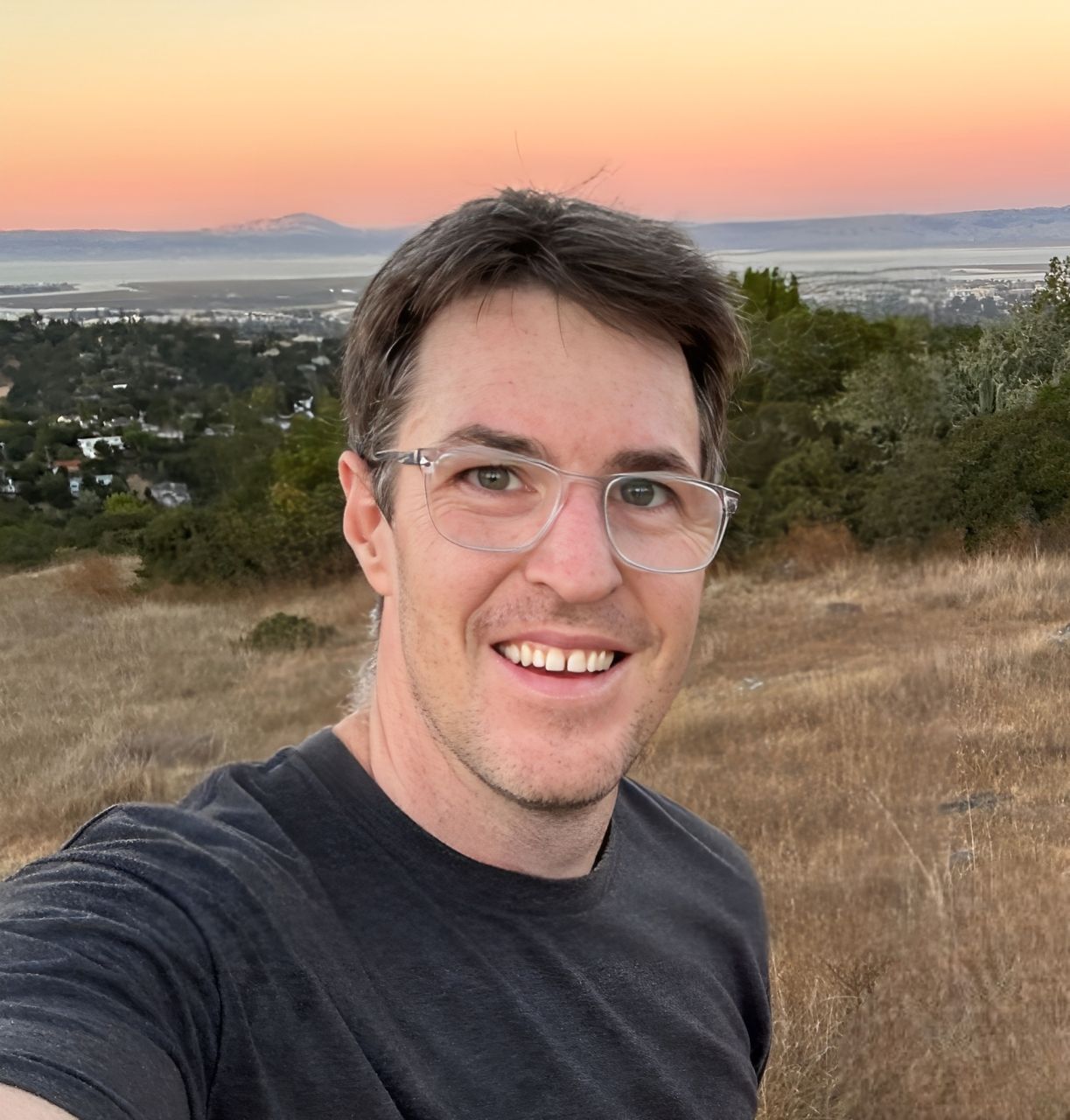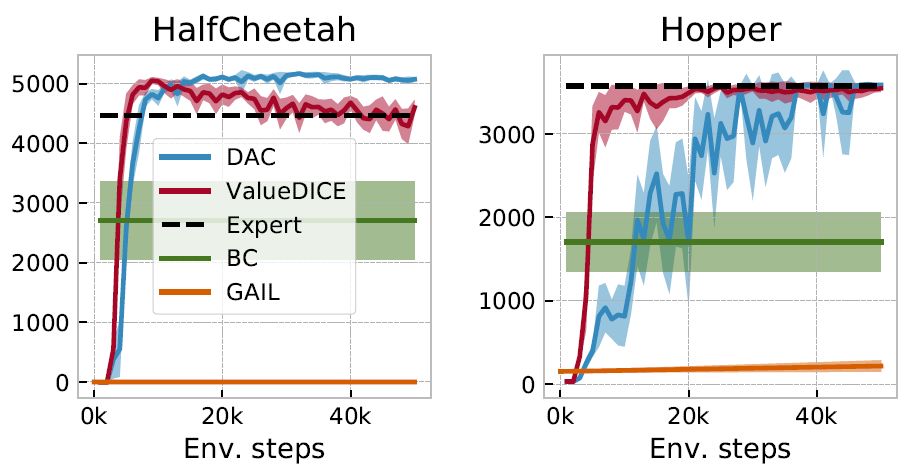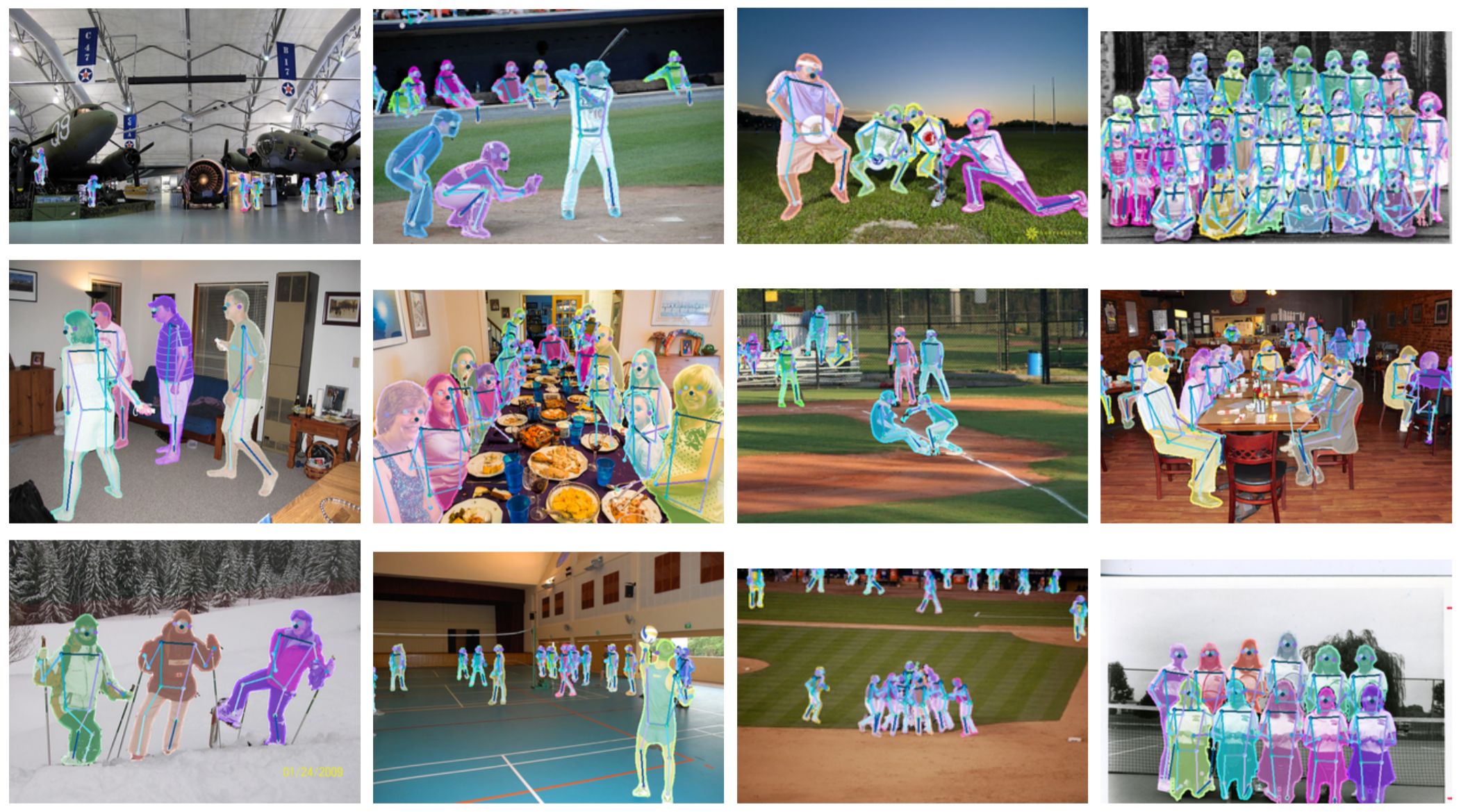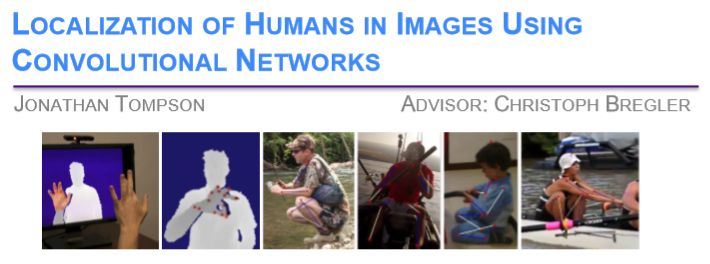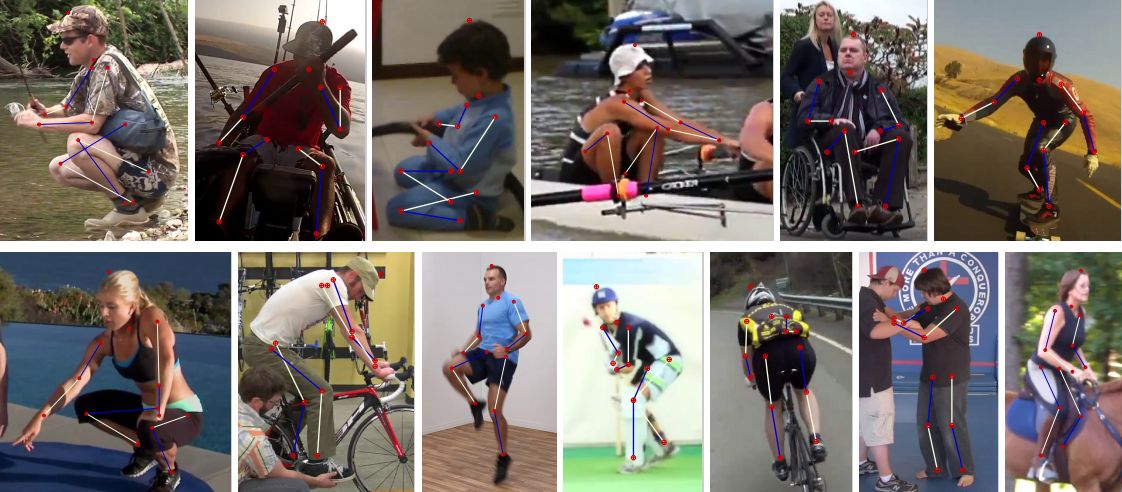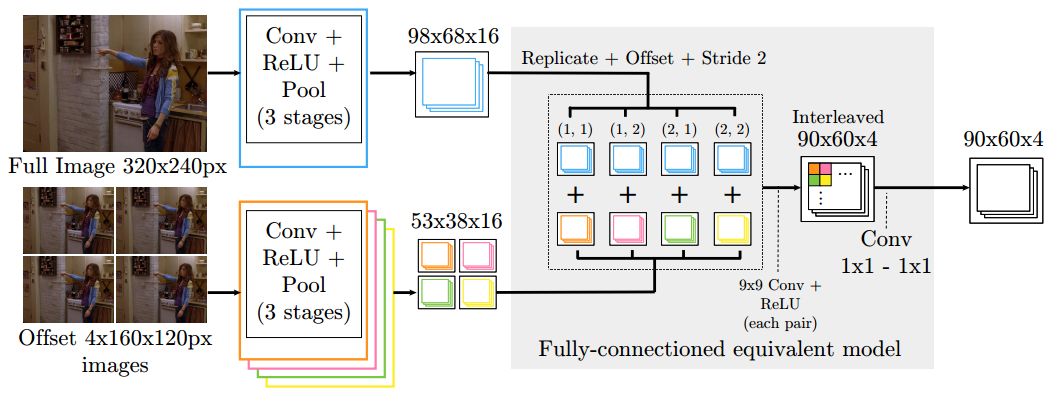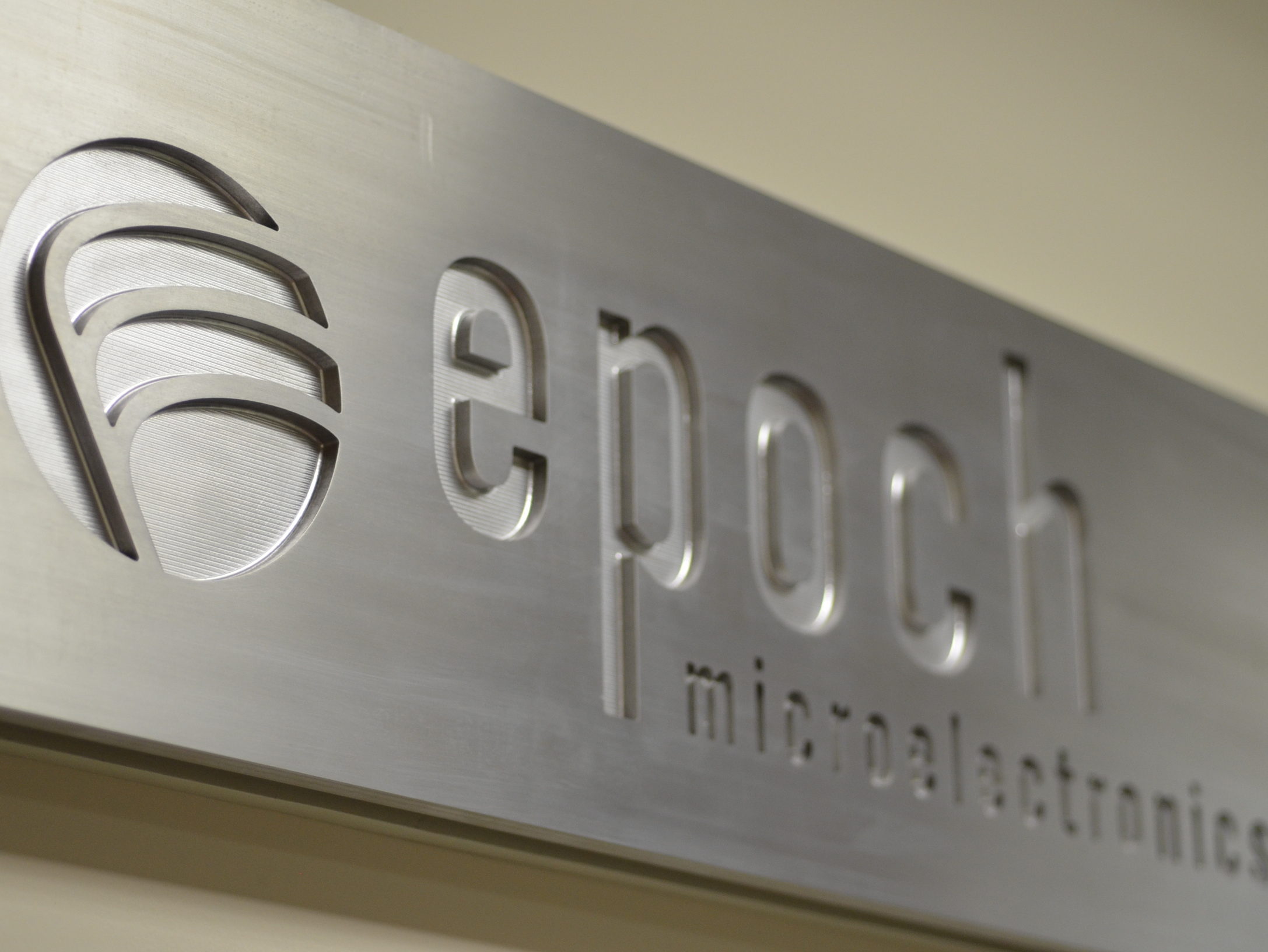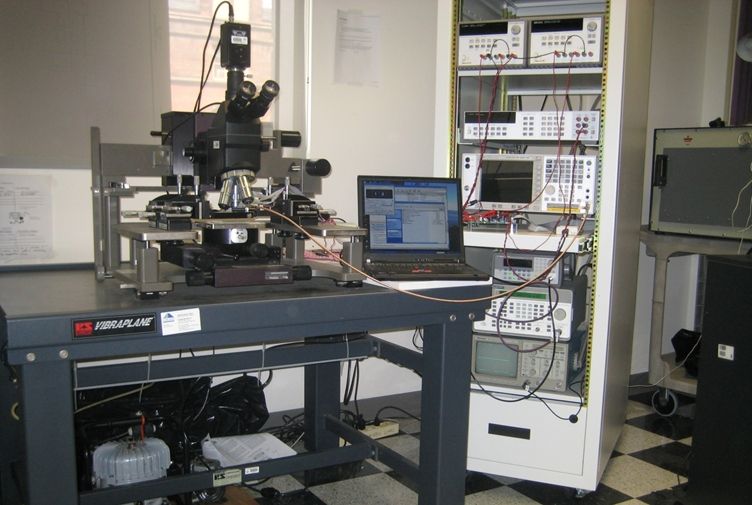ALOHA 2: An Enhanced Low-Cost Hardware for Bimanual Teleoperation
Jorge Aldaco, Travis Armstrong, Robert Baruch, Jeff Bingham, Sanky Chan, Kenneth Draper, Debidatta Dwibedi, Chelsea Finn, Pete Florence, Spencer Goodrich, Wayne Gramlich, Torr Hage, Alexander Herzog, Jonathan Hoech, Thinh Nguyen, Ian Storz, Baruch Tabanpour, Leila Takayama, Jonathan Tompson, Ayzaan Wahid, Ted Wahrburg, Sichun Xu, Sergey Yaroshenko, Kevin Zakka and Tony Z. Zhao
whitepaper 2024 [paper] [website]
Aloha2 is the next generation of low-cost puppeteering teleoperation for bi-arm manipulation. We demonstrate teleop and policy learning on extremely dexterous tasks from putting a t-shirt on a hanger to tying shoe laces.
